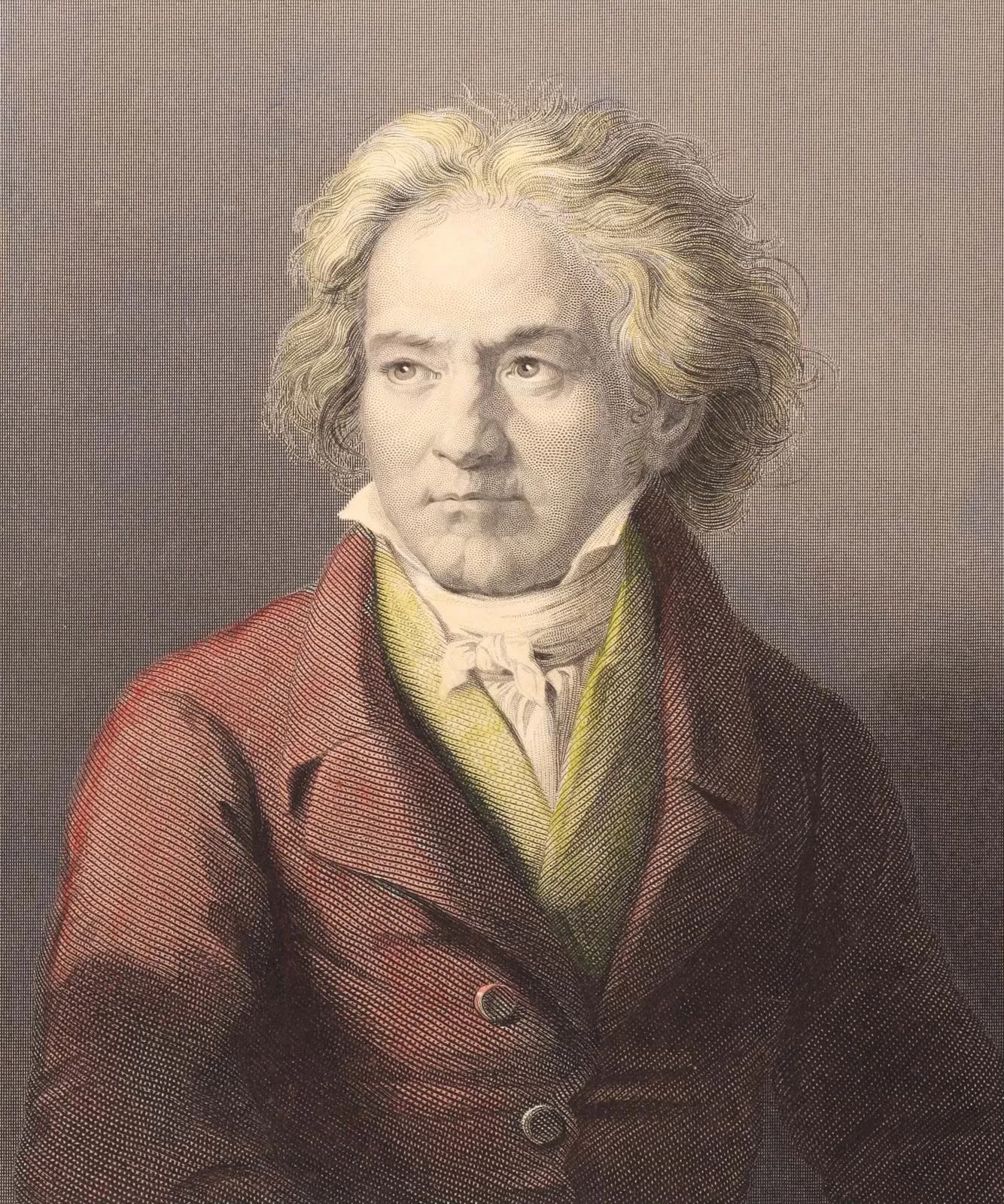This Day in Legal History: O.J. “Not Guilty”
On October 3, 1995, a Los Angeles jury returned one of the most controversial and widely watched criminal verdicts in American history: O.J. Simpson was found not guilty of the murders of his ex-wife, Nicole Brown Simpson, and her friend Ron Goldman. The trial, which lasted more than eight months, captivated the nation with its blend of celebrity, race, police misconduct, and media spectacle. The prosecution presented DNA evidence linking Simpson to the crime scene, while the defense, led by Johnnie Cochran, argued that Simpson was framed by a racist LAPD, particularly Detective Mark Fuhrman.
Cochran’s now-famous line — “If it doesn’t fit, you must acquit” — referred to a moment when Simpson tried on gloves allegedly worn during the murders, and they appeared not to fit. The defense used that moment to cast further doubt on the prosecution’s case. The jury deliberated for less than four hours before acquitting Simpson, prompting strong reactions across racial and social lines.
The case exposed deep divisions in American society, particularly around race and policing. It also helped usher in the era of the 24-hour news cycle and reality-style courtroom coverage, with networks like CNN and Court TV devoting extensive airtime to the trial. The not-guilty verdict did not end Simpson’s legal troubles: in 1997, a civil jury found him liable for wrongful death and ordered him to pay $33.5 million in damages.
Apple confirmed it has removed the ICEBlock app and similar tools from its App Store following pressure from the Trump administration and Attorney General Pam Bondi. ICEBlock allowed users to report and track the locations of ICE officers through crowdsourced data. Bondi stated the app endangered law enforcement officers and crossed a line by facilitating potential violence.
The Department of Justice supported the move, citing safety concerns. This action followed an exposé by right-wing influencer Laura Loomer, who outed the creator of a similar app, Red Dot, and accused the platforms of enabling violence against ICE agents. Loomer also claimed that a recent deadly shooting at a Dallas ICE facility involved the use of such tracking apps.
Apple defended its decision, stating it aims to keep the App Store a “safe and trusted” space, and that ICEBlock violated policies by potentially enabling harm to law enforcement. The app’s developer, Joshua Aaron, criticized the removal, comparing it to how apps like Apple Maps crowdsource speed trap locations. He argued that his app was protected by the First Amendment and that Apple’s action was a concession to authoritarian demands.
Tech Giant Apple Bows to MAGA Demands and Removes ICE Tracking Apps
OpenAI filed a motion in federal court to dismiss a trade secret lawsuit brought by Elon Musk’s AI startup, xAI. The lawsuit, filed in San Francisco, accuses OpenAI of deliberately poaching xAI employees to gain access to confidential information about Grok, xAI’s chatbot, which the company claims surpasses ChatGPT in performance.
OpenAI rejected the allegations, calling them baseless and part of Musk’s “ongoing harassment” campaign against the company. In its filing, OpenAI argued that employees are free to leave xAI and work wherever they choose, and that it is within its rights to hire them. The company suggested xAI’s legal actions are designed to cover up its internal struggles and inability to retain talent.
This case is one of several legal battles unfolding between Musk and OpenAI. Musk has also filed a separate suit accusing OpenAI of abandoning its original nonprofit mission. In turn, OpenAI has countersued Musk for harassment. Meanwhile, xAI has sued Apple, claiming it colluded with OpenAI to suppress competition—an accusation both companies deny and are also seeking to dismiss.
OpenAI’s legal response characterized xAI’s complaint as a distraction from its own failings and a tactic to slow down competitors in the heated race for dominance in the AI industry.
OpenAI asks court to dismiss trade-secret lawsuit from Musk’s xAI | Reuters
U.S. District Judge Michael Simon recused himself from a case challenging President Donald Trump’s decision to deploy Oregon’s National Guard to Portland. The Trump administration had raised concerns over public comments made by Simon’s wife, Representative Suzanne Bonamici, criticizing the deployment as a “gross abuse of power.” To avoid any appearance of bias, Judge Simon opted to step aside, stating the case should remain focused on its core constitutional and legal questions.
The lawsuit, filed by Oregon Attorney General Dan Rayfield, seeks to block Trump’s use of state National Guard troops, arguing it is illegal and driven by political motives. The complaint alleges Trump is exaggerating protest threats to justify federal overreach and seize control of state forces. The case has been reassigned to Judge Karin Immergut, a Trump appointee.
Bonamici, whose district includes much of Portland, made her critical remarks during a press conference with Oregon Governor Tina Kotek. The Department of Justice cited her comments in its request for Simon’s recusal, arguing they could undermine public confidence in judicial impartiality.
A hearing is scheduled for Friday on Oregon’s request for a temporary restraining order. Similar legal challenges are underway in California and Washington, D.C., where federal troop deployments have also faced pushback. A California judge previously ruled Trump’s actions unlawful, but that decision is currently on hold pending appeal. The D.C. case remains unresolved.
Judge recuses himself from Oregon National Guard case | Reuters
This week’s closing theme is by Ludwig van Beethoven, a composer of some note.
This week, we close with Franz Liszt’s transcription (S. 464) of the first movement—Allegro con brio—from Beethoven’s Symphony No. 1 in C major, Op. 21. Originally premiered in 1800, this symphony marked Beethoven’s formal debut in the genre, and even in its first movement, we hear the young composer testing the boundaries of the Classical form inherited from Haydn and Mozart. The opening chords start in the “wrong” key—a bold harmonic gesture that signaled Beethoven’s intent to shake things up, even as he worked within a familiar structure.
Liszt, the great 19th-century virtuoso and composer, took on the monumental task of transcribing all nine of Beethoven’s symphonies for solo piano. The transcription of the First Symphony, catalogued as S. 464, is part of that sweeping project. These arrangements were not simply meant to showcase Liszt’s pianistic brilliance (though they certainly do); they were a way to bring Beethoven’s orchestral works into the drawing rooms and salons of Europe—before widespread orchestral performance or recording technology.
In Liszt’s hands, the Allegro con brio becomes a brilliant piano showpiece, retaining the symphony’s rhythmic drive, thematic clarity, and structural ingenuity. He translates orchestral texture into ten fingers with remarkable fidelity, using tremolos, arpeggios, and dramatic dynamic shifts to recreate the energy of strings, winds, and brass. The transcription is virtuosic but never flashy for its own sake—it’s an homage from one revolutionary to another.
Beethoven’s First Symphony bridges the Classical and Romantic eras, and Liszt’s solo piano version builds a new bridge, connecting orchestral grandeur to the intimacy of a single performer. It’s a reminder of both composers’ commitment to pushing musical expression forward. As you listen, you may forget it’s just one person at a piano—Liszt makes the entire orchestra sing.
We leave you this week not only with Beethoven’s bold opening statement to the symphonic world, but with Liszt’s brilliant act of translation—a distillation of power, wit, and elegance, all under a single keyboard.
Without further ado, Ludwig van Beethoven’s Symphony No. 1 in C major, Op. 21 – the first movement. Enjoy!














